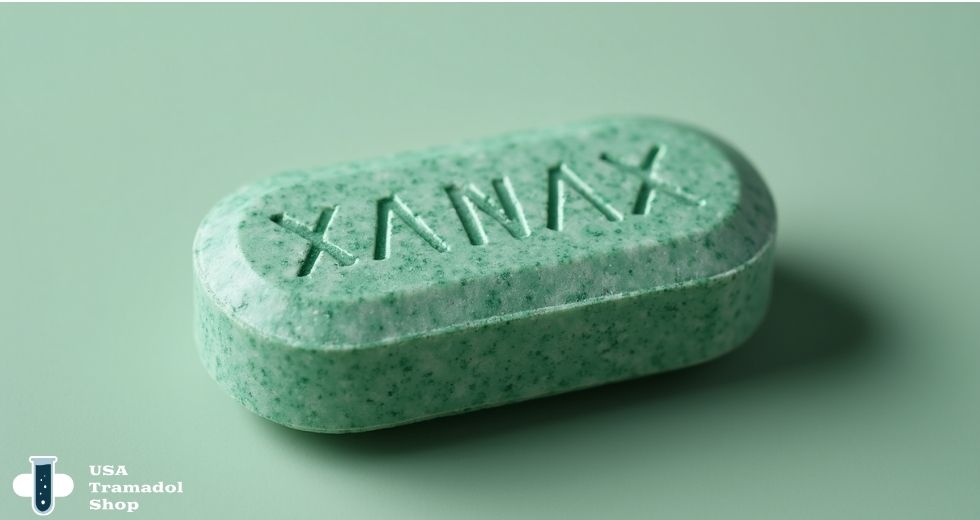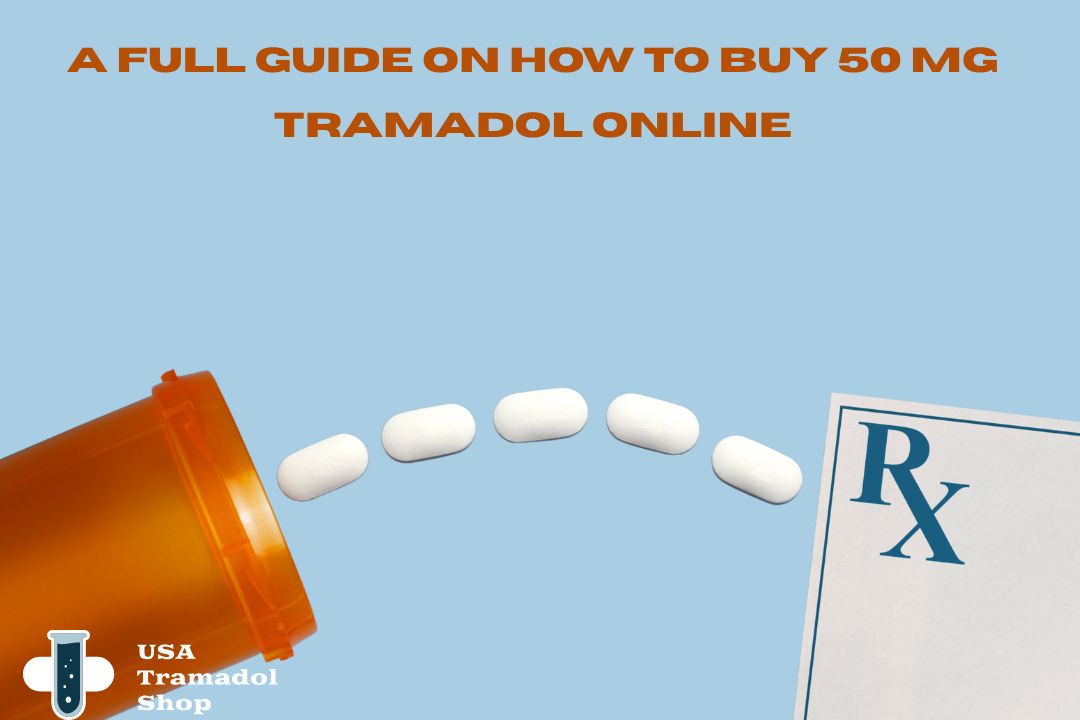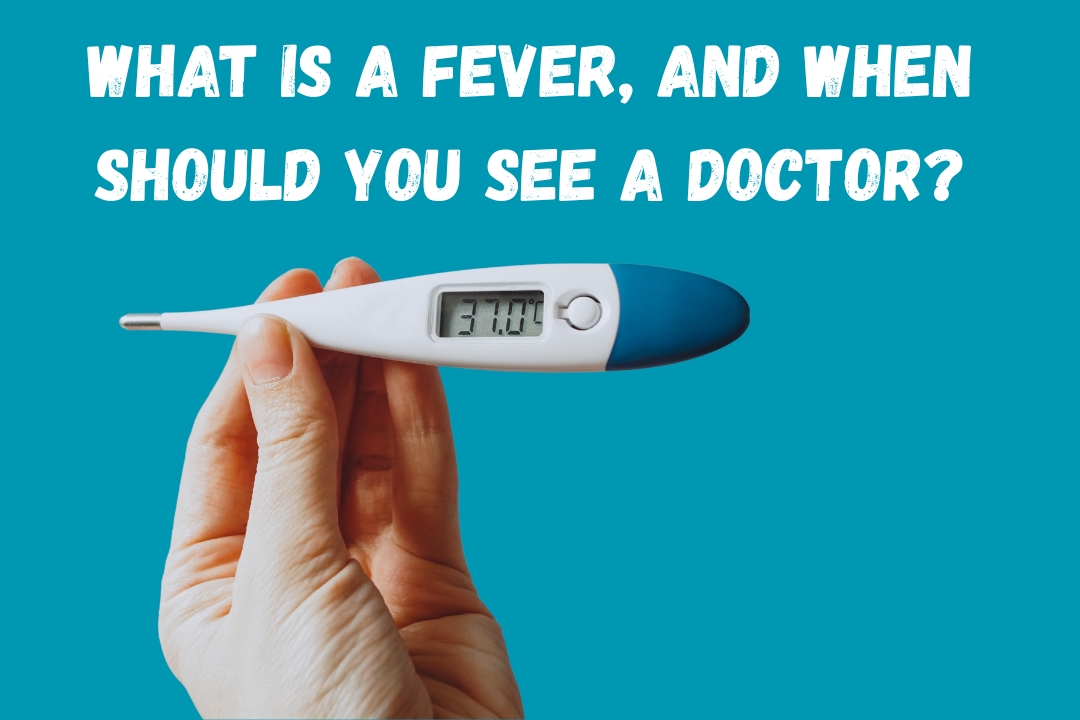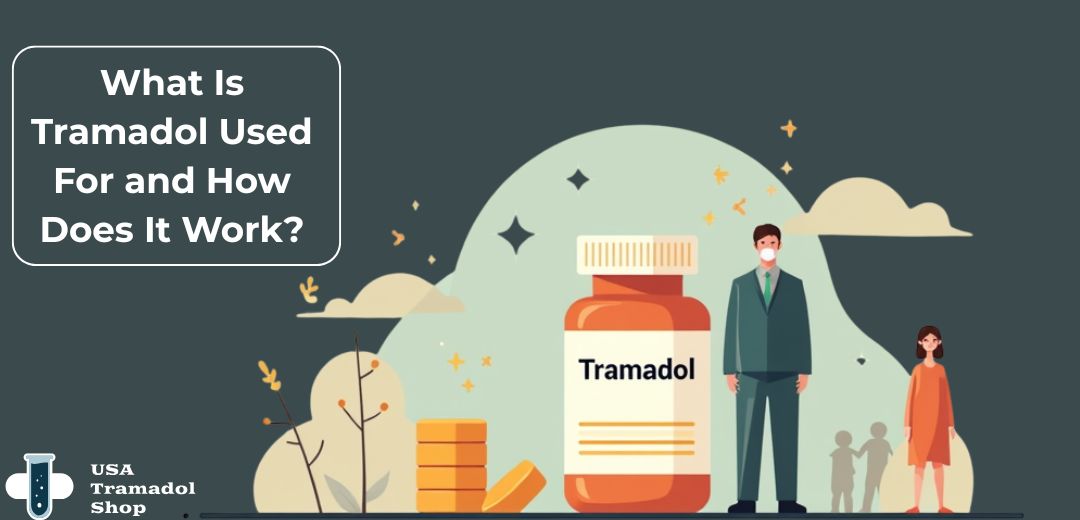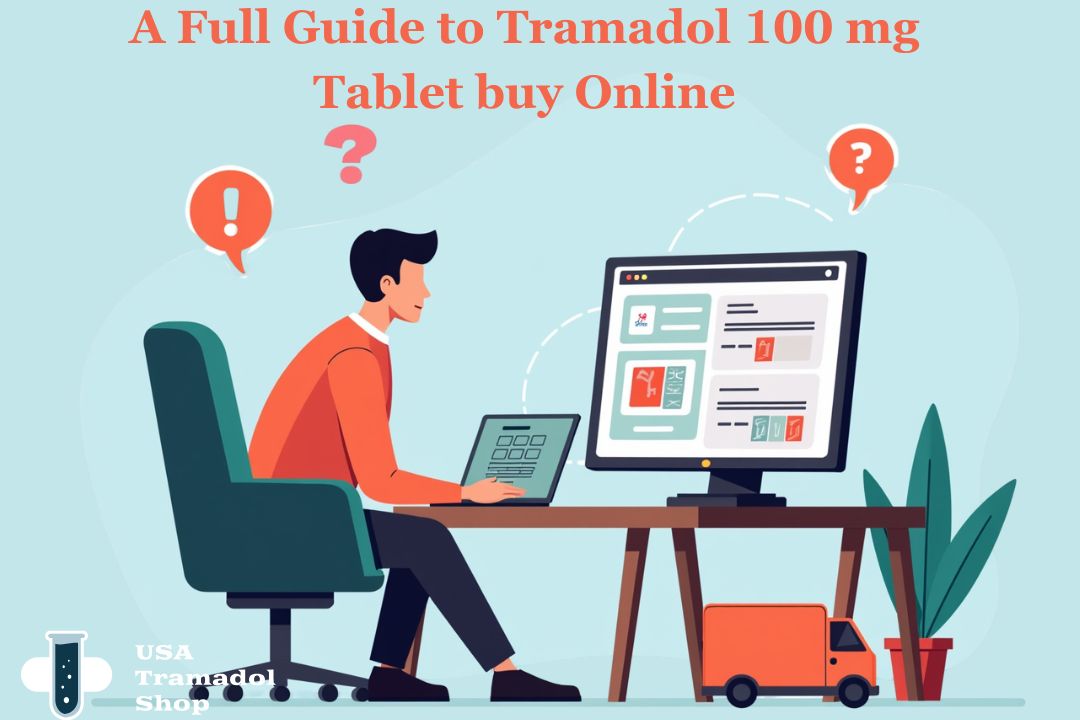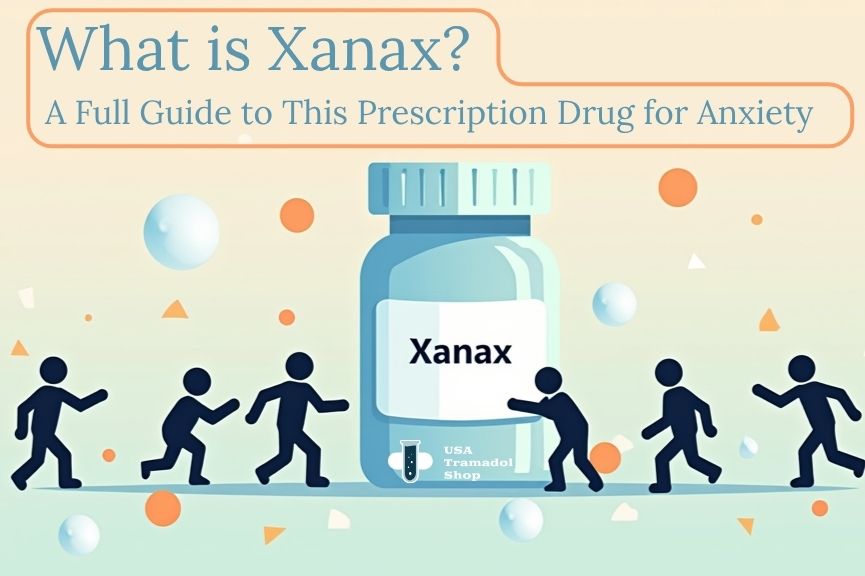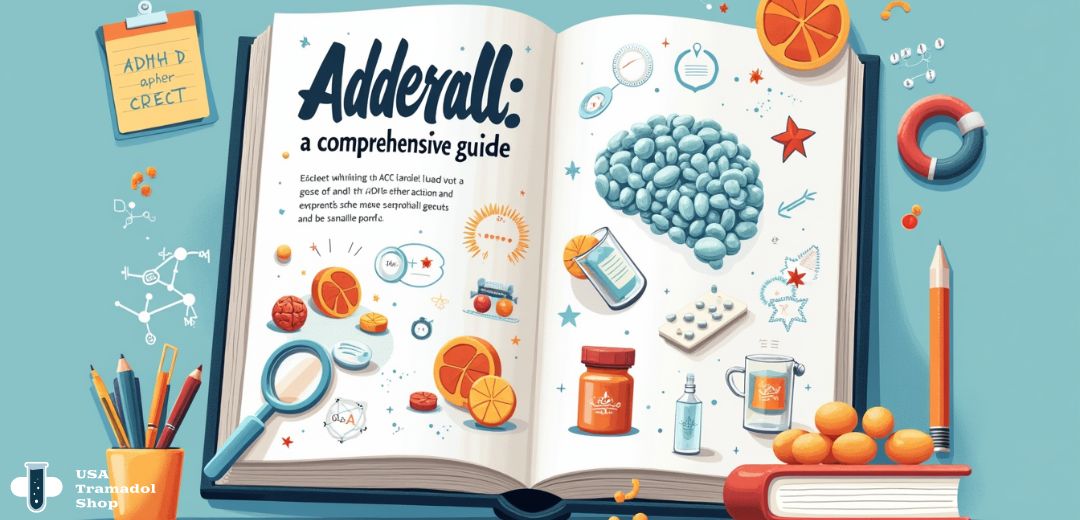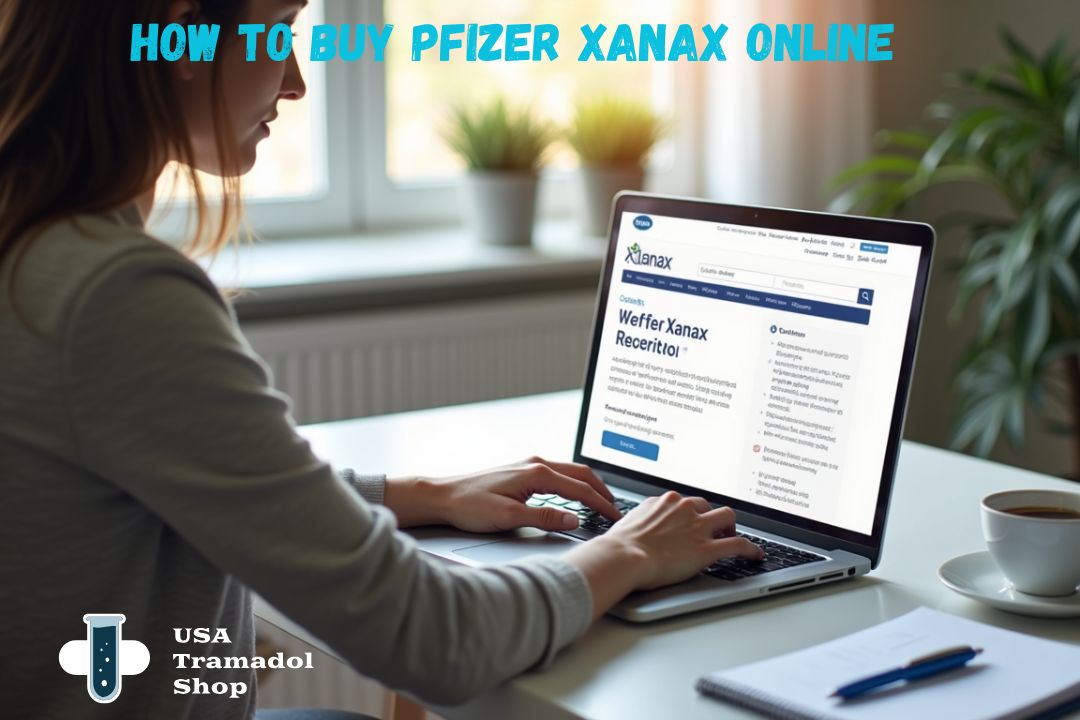What Is Tramadol Used For and How Does It Work?
Introduction
Tramadol is a painkiller that is widely prescribed because of its unique dual mechanism of action and ability to help people with moderate to severe pain. Tramadol is an opioid pain reliever that can be used instead of other opioids. It has both opioid and non-opioid effects. But there are important things to think about when using it, like side effects, the chance of becoming addicted, and drug interactions. This article goes into great detail about what Tramadol is, how it works in the body, and important safety information for patients and their caretakers.
What is Tramadol?
Tramadol is a synthetic opioid painkiller that works in the brain and is mostly used to treat moderate to severe pain in adults. Tramadol is structurally similar to codeine, but it is not a traditional opioid because it works in two different ways: it blocks serotonin and norepinephrine reuptake and binds to opioid receptors. Tramadol is a Schedule IV controlled substance in the US , which means it can be abused and become addicting. However, it is thought to have a lower risk of addiction than stronger opioids.
Tramadol comes in a number of different forms, such as immediate-release and extended-release tablets and capsules , as well as drops that you put in your mouth and injections in some countries. It is sold under different brand names, like Ultram, Ultram ER, and Conzip. You can also get it as a generic drug.
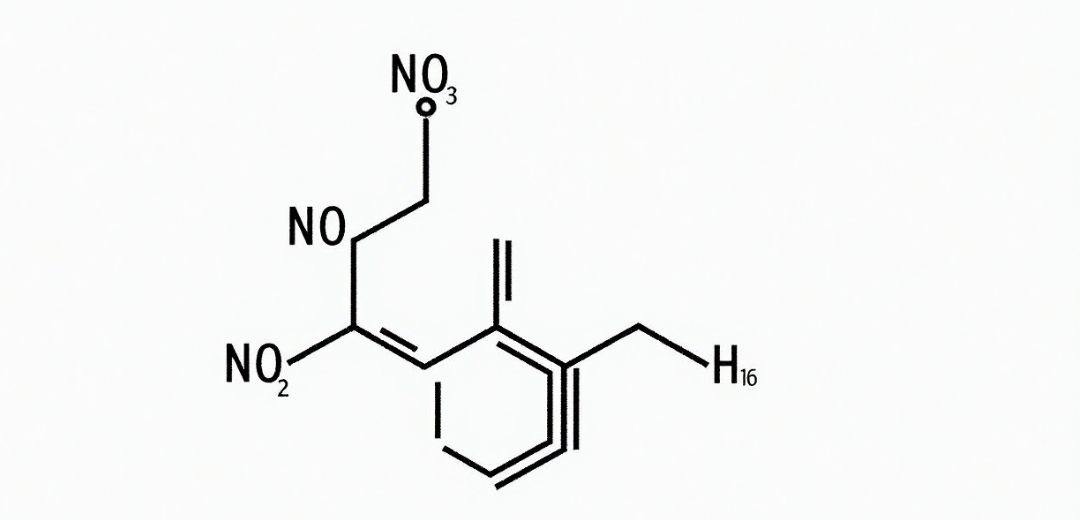
Uses of Tramadol
Approved Medical Uses
The U.S. Food and Drug Administration (FDA ) mostly rules that tramadol can be used to treat moderate to severe pain in adults. It is meant to be used for pain that is bad enough to need an opioid painkiller and for which other treatments don’t work. Tramadol shouldn’t be given to kids younger than 12 and people younger than 18 in general, especially after tonsil or adenoid surgery because it can cause serious breathing problems.
Off-Label Uses
Tramadol is sometimes used off-label for conditions like the following, though pain management is still the main indication.
- Premature ejaculation
- Restless leg syndrome (when other treatments fail)
- Fibromyalgia (as a second-line treatment in some countries)
- Anxiety and depression (in select cases, though not FDA-approved for these uses)
It is important to remember that off-label uses should be done with care because they could be abused or cause side effects.
How Does Tramadol Work?
Because it works in two different ways, tramadol is very good at relieving pain:
- Opioid Receptor Agonism: In the brain and spinal cord, tramadol and its active form, O-desmethyltramadol (M1), attach to β-opioid receptors. Its main pain-relieving effect comes from this action, which lowers the feeling of pain.
- Inhibition of Monoamine Reuptake: Tramadol stops the reuptake of neurotransmitters like norepinephrine and serotonin, which help control pain. The (–)-tramadol enantiomer stops the reuptake of norepinephrine, and the (+)-tramadol enantiomer stops the reuptake of serotonin. This makes the descending inhibitory pain pathways stronger, which gives you more pain relief .
- Synergistic Action: When you combine opioid receptor agonism and monoamine reuptake inhibition, they work together to make Tramadol more effective for a wider range of pain types and may lower the risk of some side effects that come with stronger opioids.
- Pharmacokinetics: The CYP2D6 enzyme mainly breaks down tramadol in the liver to make its active metabolite. Different people can react differently to Tramadol because of differences in their metabolism.
Onset and Duration: When taken by mouth, tramadol usually starts to relieve pain within an hour. For immediate-release formulations, the effects last for 3 to 6 hours. Extended-release forms relieve pain for longer, with the strongest effects happening in 4 to 6 hours.
Key Information About Tramadol
| Feature | Details |
| Primary Uses | Pain management for adults with moderate to severe pain |
| Off-Label Uses | Premature ejaculation, restless leg syndrome, fibromyalgia, anxiety (not FDA-approved) |
| Dosage Forms | Immediate-release tablets/capsules, extended-release tablets/capsules, oral drops |
| Onset of Action | Within 1 hour (immediate-release); several hours (extended-release) |
| Duration of Effect | 3–6 hours (immediate-release); up to 24 hours (extended-release) |
| Metabolism | Liver (CYP2D6, CYP3A4); active metabolite: O-desmethyltramadol (M1) |
| Excretion | Primarily renal (urine) |
| Controlled Status | Schedule IV (U.S.) |
| Special Precautions | Risk of addiction, respiratory depression, serotonin syndrome, seizures |
| Contraindications | Children <12 years, severe respiratory depression, MAOI use, hypersensitivity |
Side Effects and Precautions
Like all medicines, tramadol can have side effects. Many are mild and easy to deal with, but some are serious and need medical help right away.
Common Side Effects of Tramadol
- Dizziness and vertigo
- Nausea and vomiting
- Constipation
- Headache
- Drowsiness and sleepiness
- Dry mouth
- Sweating
Less Common and Serious Side Effects
- Itchiness and skin rash
- Diarrhea
- Heartburn
- Weakness or fatigue
- Respiratory depression, which can be life-threatening in the worst cases
- Serotonin syndrome (most often when taking other drugs that affect serotonin)
- QT prolongation (problem with the heart’s rhythm)
- Seizures (especially in people who have had them before or who are taking certain drugs)
- Strong allergic reactions, such as anaphylaxis
Special Populations
- Elderly: Higher chance of feeling dizzy, having trouble pooping, and getting confused; dose adjustments may be needed.
- Pregnant and Nursing Women: Not suggested because of the chance of neonatal withdrawal and bad effects on babies .
- Renal/Hepatic Impairment: It may be necessary to change the dose or stay away from extended-release forms.
Precautions and Contraindications
- Addiction and Misuse: Tramadol can become addictive, especially if it is used for a long time or in larger amounts.
- Respiratory Depression: When starting or increasing the dose, the risk is highest.
- Serotonin Syndrome: If you take other serotonin-boosting drugs at the same time, the risk goes up.
- Seizure Risk: Higher in people who have had seizures before or who are taking medicines that lower the seizure threshold.
- Drug Interactions: Tramadol can cause side effects when taken with a lot of different drugs, like antidepressants, benzodiazepines, and other opioids.
- Contraindications: Children younger than 12 years old, people with severe breathing problems, severe asthma, stomach problems, or a strong reaction to Tramadol.
Common Side Effects of Tramadol
- Dizziness
- Nausea
- Constipation
- Headache
- Drowsiness
- Dry mouth
- Sweating
Steps to Take Tramadol Safely
- Follow Prescribed Dosage: Follow your doctor’s instructions to the letter when taking Tramadol. Do not raise the dose or frequency without first talking to a doctor.
- Swallow Whole: Long-acting pills and capsules should not be chewed, crushed, or broken.
- Take with or without Food: No matter what you eat, taking tramadol with food may help you feel less sick.
- Avoid Alcohol: If you’re taking Tramadol, don’t drink alcohol. It can make dangerous side effects more likely.
- Monitor for Side Effects: Keep an eye out for signs like trouble breathing, extreme sleepiness, or allergic reactions, and get medical help if they happen.
- Do Not Share Medication: Do not give Tramadol to anyone else, especially someone who has a history of drug abuse.
- Store Safely: Tramadol should be kept out of the reach of children and in a safe place so that it is not abused.
- Consult Before Stopping: If you stop taking Tramadol all of a sudden, you might experience withdrawal symptoms. Talk to your doctor first.
Conclusion
The unique dual mechanism of action of tramadol makes it different from other opioids and makes it a useful and effective painkiller for moderate to severe pain. It helps a lot with pain relief, but you should be very careful about using it because it can cause side effects, addiction, and drug interactions. Patients should do what their doctors tell them to do, be aware of any possible side effects, and talk to doctors if they have any concerns or questions. People can get the most out of Tramadol while minimizing its risks by understanding how it works and following safety guidelines.
FAQs
Yes, Tramadol can make the risk of serious side effects higher when taken with other drugs. Some important interactions are:
- Antidepressants (SSRIs, SNRIs, MAOIs): Serotonin syndrome risk goes up.
- Benzodiazepines and other CNS depressants: There is a higher chance of sedation, breathing problems, and overdose.
- Other opioids: More likely to experience respiratory depression and overdose.
- Alcohol: Boosts the effects of sedatives and the risk of breathing problems.
Before starting Tramadol, you should always tell your doctor about all the medicines and supplements you are taking.
Sources
11 sources- nontraditional opioid due to its dual mechanism of action, which includes both opioid and monoaminergic effects. While it provides pain relief and can induce feelings of euphoria and relaxationSource link
- a class IV controlled substance due to its potential for misuse and addiction.Source link
- Tramadol is available and used in 2 solid formulations—extended release and immediate release.Source link
- FDA-approved tramadol is indicated for the management of pain severe enough to require an opioid analgesic and for which alternative treatments are inadequate and is only available pursuant toSource link
- Tramadol should not be used in children younger than 12 years old, or anyone younger than 18 years old with other risk factors (such as breathing problems),Source link
- Tramadol is a pain medication that is sometimes prescribed off-label (for a non-FDA-approved use) for anxiety and depression.Source link
- tramadol and its active metabolites. The analgesic potency of tramadol is about 10% of that of morphine following parenteral administration. Tramadol provides postoperative pain relief comparable with that ofSource link
- (M1) are agonists of the mu opioid receptor. (+)-Tramadol inhibits serotonin reuptake and (-)-tramadol inhibits norepinephrine reuptake, enhancing inhibitory effects on pain transmission in the spinal cord. The complementarySource link
- differences can contribute to its analgesic and side effect profileSource link
- According to the FDA, tramadol is not recommended during breastfeeding. If tramadol is necessary, infants should be closely monitored for signs of sedation, breathing difficulties, and breastfeeding difficultiesSource link
- Tramadol addiction happens when the drug takes control of your life, making it hard to quit despite the negative effects piling up. Just like with other forms of opioid addictionSource link
